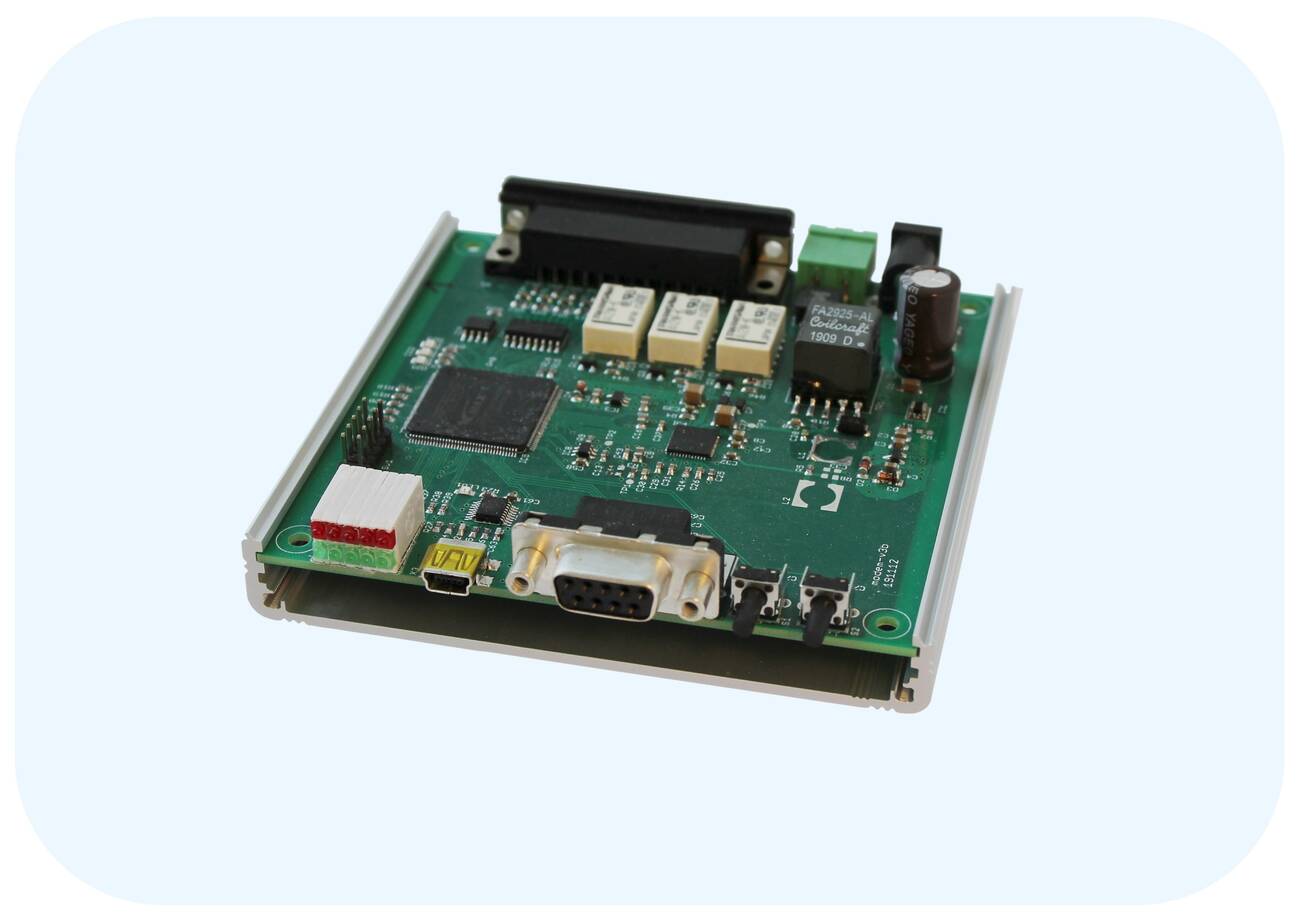Modem communicating over the wire in the walls of protected buildings

A modem that uses existing power lines to transmit data.
The development team was keen to solve a problem for users in older buildings undergoing refurbishment and in listed buildings where it is simply not possible to install structured cabling. The Development and Implementation Laboratory at the Department of Telecommunications at the CTU Faculty of Engineering decided to solve this problem.
What problems does it solve for its customers?
The result is a modem that uses existing power lines to transmit data. The solution is very easy to use. The installation consists only of connecting one pair of modems that communicate with each other thanks to the existing network. Although they can only transmit data at low speed, the data flow will be sufficient for many tasks. For example, for the operation of security systems, measurement and control systems or for the transmission of text messages. The communication is completely secure because, unlike the use of wireless networks, for example, there is no configuration centre in this system that could be attacked by attackers.
The modem is therefore used to transfer information of small data content between two points. Based on the information transmitted, a scenario can be triggered that does not require any sophisticated response through specialized software, such as an audio signal. Alternatively, the transmitted information may initiate the next operation of a software application, for example, the execution of a security scenario.
Product development phase
The modem is available in the functional prototype phase.
Method of commercialisation
FEE CTU is looking for a licensing partner to provide both production, sales, user support and service.
Technical specifications
Modulation: with one discretely tunable subcarrier (TX); 4-channel with multiple subcarriers (RX)
- RF signal sampling frequency: 250 kHz
- Carrier frequency: 39, 63, 87 and 111 kHz
- Modulation type: linear
- Modulation rate: 15.625 (250/16) kBd (TX); 4x15.625 kBd (RX)
- Bandwidth: 96 kHz; frequencies 27 to 123 kHz
- Modulation constellation: DQPSK
- Bandwidth per channel: 21.8 (15.625 x 1.4) kHz
- Transmission rate per channel: 15.625 kbit/s
- Frequency spacing (channel separation): 2 x 1.1 kHz
- Modulation pulse: SqRRCS
- Modulation pulse roll-off coefficient: 0.4
Channel coding:
- Convolutional
- Type: systematic
- Ratio: 1/2
- Response: feedback (recursive)
- Number of states: 4
Detectors: Viterbi algorithm with soft output and fixed delay; simultaneous 4-channel decoding
- Delay: 8 symbols
- Detection technique: sequential
- Bit width of detector metrics: 4
- Output bit rate: 4 x 15.625 kbit/s
Physical layer framework: Boot sequence - User data - Termination sequence
Boot sequence: constant training sequence of 32 bits in length and Legendre preamble of 31 bits in length with cyclic prefix of 1 bit in length
Termination sequence: a pair of Legendre preambles of length 31 bits with a cyclic prefix of length 1 bit
User data block length: arbitrary
Are you interested in this technology?
If you are interested in our technology, products and services, please contact the Technology Transfer Coordinator by phone or email:

